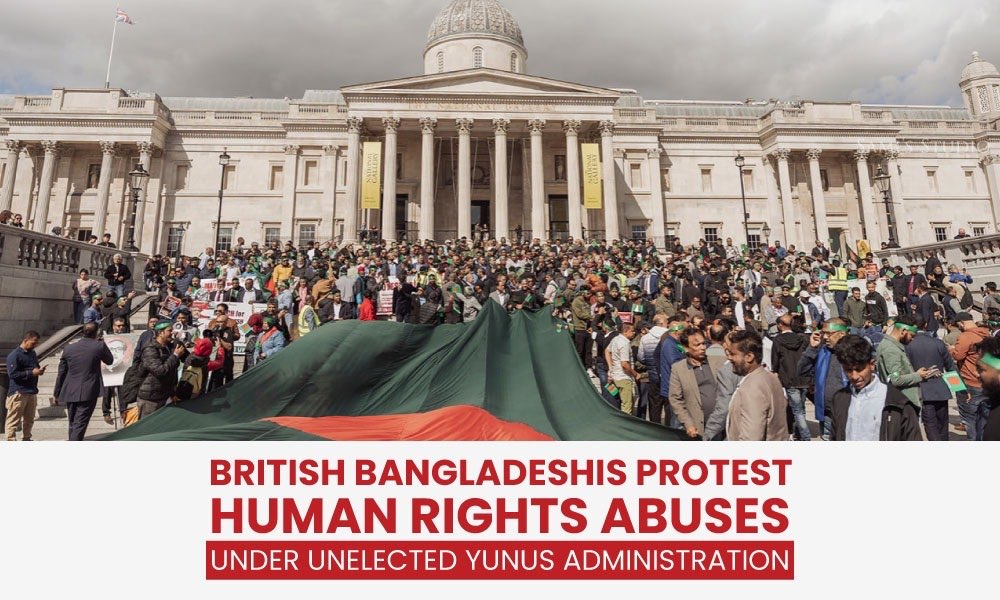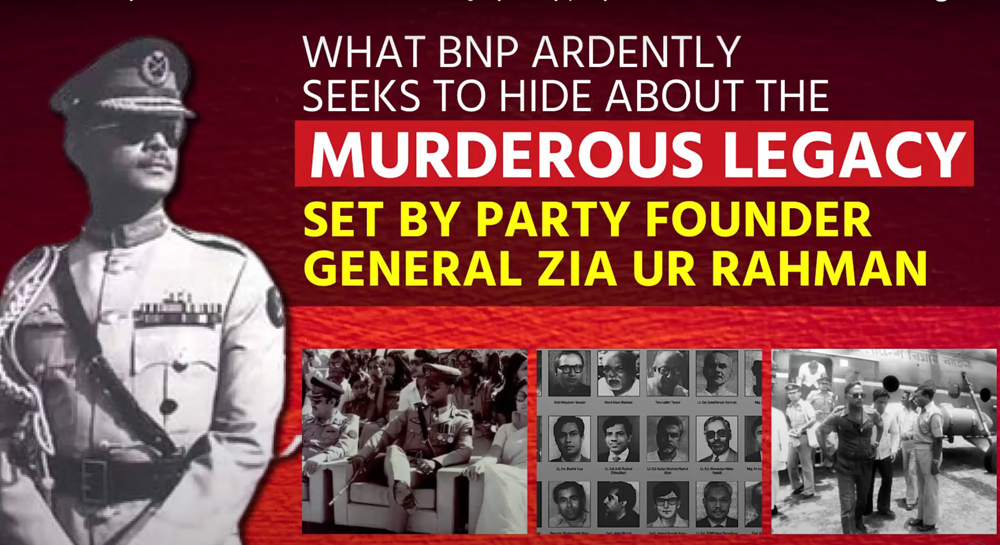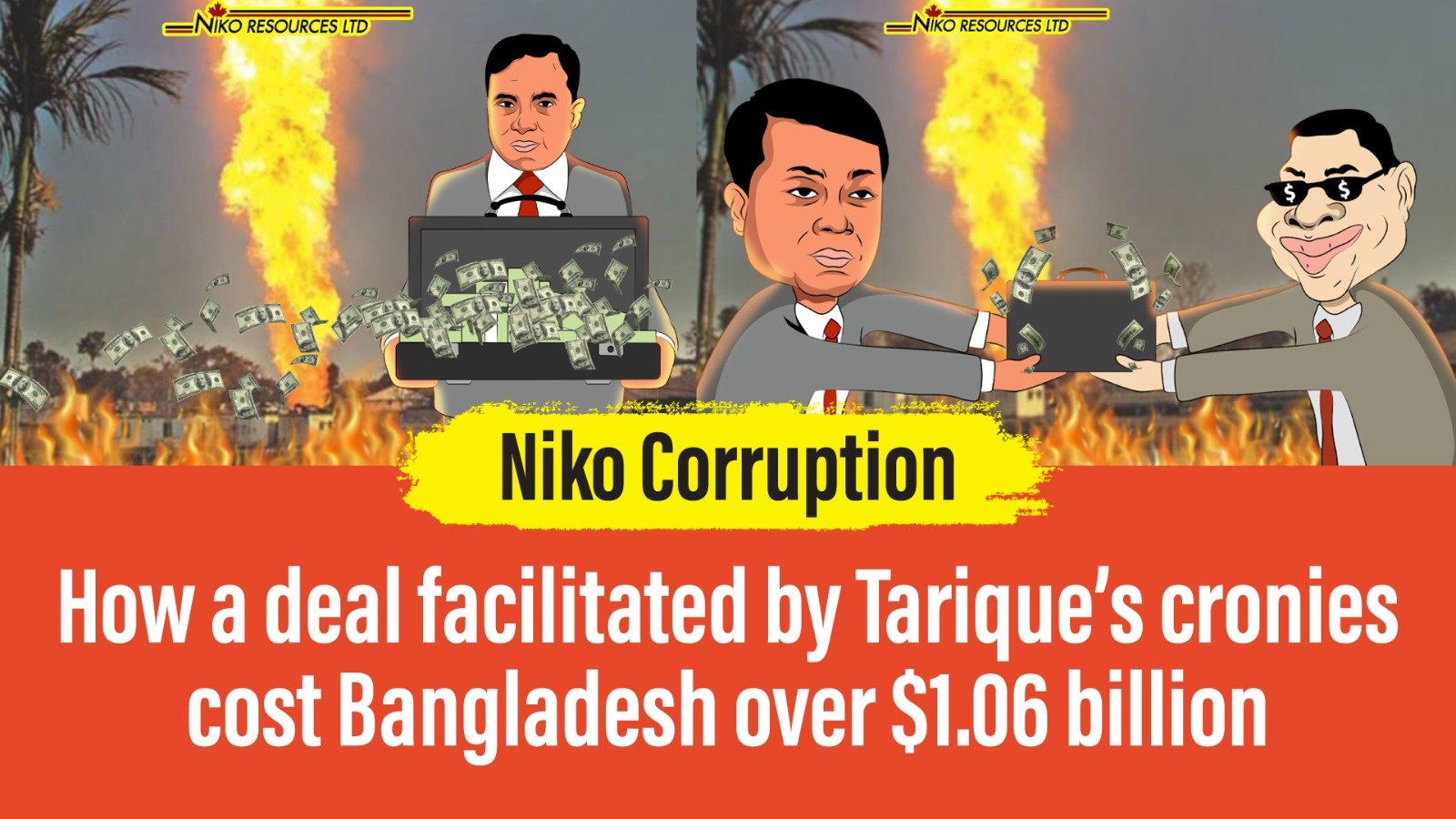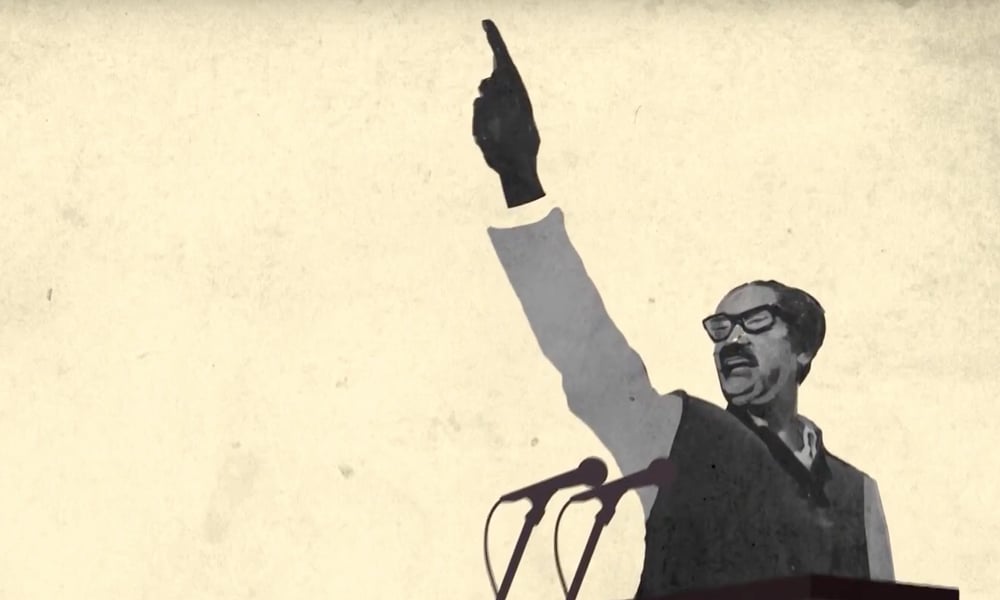2846
Published on January 31, 2023Hiren Pandit:
Sheikh Hasina was elected president of Awami League in her absence at the party's national council held on February 14-16, 1981. She took the steering of the Awami League as a symbol of unity in the worst possible time for the party. She has brought Awami League to power as a popular party after 21 years in 1996 and has been working relentlessly to institutionalize democracy in Bangladesh. The toughest task that Sheikh Hasina made possible by forming the government in 1996 was to bring the killers of her family to justice and later in 2010 to bring the war criminals to justice. And thus there came the opportunity to carry forward the ideology of the Bengali nation.
Prime Minister Sheikh Hasina always vowed to build Bangladesh as "Sonar Bangla" as the Father of the Nation Bangabandhu Sheikh Mujibur Rahman wanted to ensure a better and decent life for the people of the country. Bangladesh will have to march forward further to establish itself as a hunger- and poverty-free and a developed country as dreamt by the Father of the Nation.
Sheikh Hasina has come a long way in the struggle for democracy and ensuring wellbeing for the people. However, repeated attempts on her life were made only to stop her journey but it was out of sheer luck that she survived every assassination plan. Assassins’ bullets are still chasing her wherever she goes. Her security arrangements have been tightened considering the highest risk she has been passing through.
The first attack on Sheikh Hasina came on January 24, 1986. On the same day, fires were opened on an eight-party alliance procession near Laldighi Maidan in Chattogram clearly with the ill motive of killing her. Six people were killed and 300 injured in the incident. She was on her way to Laldighi to attend an anti-terrorism rally at Patenga Airport.
On 12 August 1989, at around midnight, a group of armed terrorists of the Freedom Party attacked Bangabandhu's residence No. 32 in Dhanmondi. Awami League President Sheikh Hasina was at that residence at that time. The assailants fired at Bangabandhu Bhaban for about 10 minutes and hurled a grenade. Sheikh Hasina survived as the grenade did not explode.
On September 11, 1991, Sheikh Hasina went to see the Family Planning Centre on Green Road after voting in the by-election at Dhanmondi School near Green Road in the capital Dhaka. There she was shot and bombed as soon as she got out of the car. She later complained at a press conference that the party's cadres, led by the then BNP leader Wahid, fired 20-25 rounds and hurled bombs.
In September 1994, the then Leader of the Opposition Sheikh Hasina visited the western part of the country. She held public meetings in Jashore, Darshana, Kushtia, Ishwardi, Natore, and Santahar. She was then shot and bombed at the entrance of Ishwardi station on 23 September. Later, shots, bombs, and bombs were hurled at his train at Natore railway station.
The Awami League president was shot at and bombs were hurled while she was addressing a rally at Russell Square (next to Dhanmondi 32) in the capital Dhaka on December 6, 1995. Shortly after Sheikh Hasina's speech at an Awami League rally on Bangabandhu Avenue on March 7, 1996, bullets and bombs were hurled at the stage from a microbus. 20 people were injured.
The major attack conducted by Harkatul Jihad (Huji) was in Sheikh Hasina's constituency in Kotalipara of Gopalganj. On July 20, 2000, Huji planted a 76kg bomb near a public meeting place and helipad at Kotalipara in Gopalganj. A local tea shop owner informed the law enforcement agencies, and the bomb weighing 76 kg was recovered by digging the soil. The Prime Minister was scheduled to address a meeting at the local Sheikh Lutfur Rahman Degree College ground on July 22.
On May 29, 2001, then Prime Minister Sheikh Hasina was scheduled to inaugurate the construction of the Rupsha Bridge in Khulna. The militant group Huji planted a bomb there to assassinate her. Huji later confessed the offence.
During the caretaker government in 2001, Awami League President Sheikh Hasina went to Sylhet on September 25 as part of a campaign. Two people were killed on the spot when a bomb exploded in a house 500 yards away from the public meeting place of Sylhet Alia Madrasa Maidan at around 8 pm that night. There was an election rally of Awami League that evening. But Sheikh Hasina was late to reach there due to her campaign. An assassination attempt was foiled when a bomb exploded in front of her. Harkatul Jihad later claimed responsibility for the bombing.
An e-mail about an assassination plan of 31 people, including Prime Minister Sheikh Hasina and her children, was leaked to a newspaper on July 12, 1999. The sender of the e-mail was the owner of a TV. A case was filed against the accused in the CMM court in Dhaka on charges of plan to kill Sheikh Hasina, overthrow the democratic government, and for sending e-mails to create hatred.
On March 4, 2002, Juba Dal cadre Khalid bin Hedayet attacked the convoy of the then Leader of the Opposition and Awami League President Sheikh Hasina in front of the BMC Government Women's College in Naogaon.
On September 29, 2002, Sheikh Hasina visited Satkhira Sadar Hospital to see the raped wife of a freedom fighter from Hijli village in Chandanpur Union, Kalaroa, Satkhira. On the way back to Jashore, a passenger bus (Satkhira-J-04-0029) was parked in front of the party office to obstruct Sheikh Hasina's convoy on the road in front of the Kalaroa Upazila BNP office. At least 12 party leaders and activists, including district Awami League president Engineer Sheikh Mujibur Rahman and journalists, were injured in the attack.
On April 2, 2004, the Jamaat-BNP assassins opened fire on Sheikh Hasina's convoy at Gournadi in Barishal.
The Honorable Prime Minister (the then Leader of the Opposition) Sheikh Hasina, and the leaders of the Awami League miraculously survived a horrific grenade attack at an Awami League rally on August 21, 2004. However, 24 Awami League leaders and activists including Ivy Rahman were killed. Hundreds were injured. Many have been crippled forever. Some of them never got back to normal life. If the main leadership of the party, including Awami League president Sheikh Hasina, had been wiped out in the grenade attack of the Islamic militant group Harkatul Jihad that afternoon, it would have been a terrible outcome for the country. After the brutal assassination of Bangabandhu Sheikh Mujib, it was another horrific incident in the country.
The one-eleven government arrested Sheikh Hasina on July 17, 2008. She was kept in a special sub-jail set up in the Jatiya Sangsad Bhaban area. There, attempts were made to kill Sheikh Hasina by constantly poisoning her food. Sheikh Hasina fell ill due to slow poisoning.
A military coup attempt to overthrow and assassinate Prime Minister Sheikh Hasina in December 2011 was blocked. A secret message from Saudi Arabia released by WikiLeaks, a world-renowned organization, revealed that Shariful Haque Dalim, a convict sentenced to death in the assassination of Bangabandhu Sheikh Mujibur Rahman, was directly involved in the coup plot. The coup attempt was planned in three countries, with 18 retired and serving members of the Bangladesh Army involved. According to the documents, the "highly confidential" document, sent in Arabic by the Saudi ambassador to Bangladesh in February 2012, states that a failed military coup in 2011 was planned in Hong Kong, Thailand, and Malaysia.
In 2011, an international terrorist group formed a suicide squad with a terrorist group in Sri Lanka and agreed to assassinate Sheikh Hasina. That is why the assassins of that terrorist group in Sri Lanka were also given advance money. At that time, the assassins were killed in a road accident on their way to Kolkata Airport in a team car and the plan to assassinate Sheikh Hasina was thwarted.
Shahanur Alam alias Doctor, a militant arrested in connection with the blast in Burdwan, West Bengal, said a plot to assassinate Prime Minister Sheikh Hasina was hatched in 2004 by trained female militants. This information was published in several Indian media including the Times of India, G-News. Shahanur's wife Sujena said they had a plan to assassinate Sheikh Hasina using a 'human bomb' like the Rajiv Gandhi assassination. However, due to the strict surveillance of the administration, the plan was thwarted.
On March 6, 2015, Prime Minister Sheikh Hasina was on her way to Suhrawardy Udyan when a militant group, the Jama'atul Mujahideen Bangladesh (JMB), tried to bomb her convoy at Kawran Bazar. On her way to attend an Awami League rally, several bombs exploded in her car in the Kawran Bazar area.
The plane carrying Prime Minister Sheikh Hasina was forced to make an emergency landing in Ashgabat, the capital of Turkmenistan, on November 26, 2016, as it ran out of fuel on its way to Hungary. It was then reported from various quarters that the nuts of the fuel tank were loosened in such a way that when the plane flew over the Black Sea, the fuel would run out. The plane could fly for up to 40 minutes after running out of fuel, but the plane could catch fire because there was no airport nearby, with the nearest one not less than four hours away. All the passengers on the plane could have died in the crash. But before going to the Black Sea, the plane ran out of fuel and made an emergency landing at a nearby airport, which was half an hour away.
News about this plane was published in the newspaper. The incident took place in June 2016. A plane carrying the Prime Minister landed at Dhaka's Hazrat Shahjalal Airport and took off again. The plane hovered in the sky of Dhaka for about 35 minutes and then landed on the runway. The plane did not land due to the presence of metal on the runway. The plane landed only after the runway was cleared.
By the grace of god, Sheikh Hasina survived all these attempts on her life. We pray that she will live longer to establish Bangladesh as a hunger and the poverty-free and also as a developed country as dreamt by the Father of the Nation.
Write: Columnist














